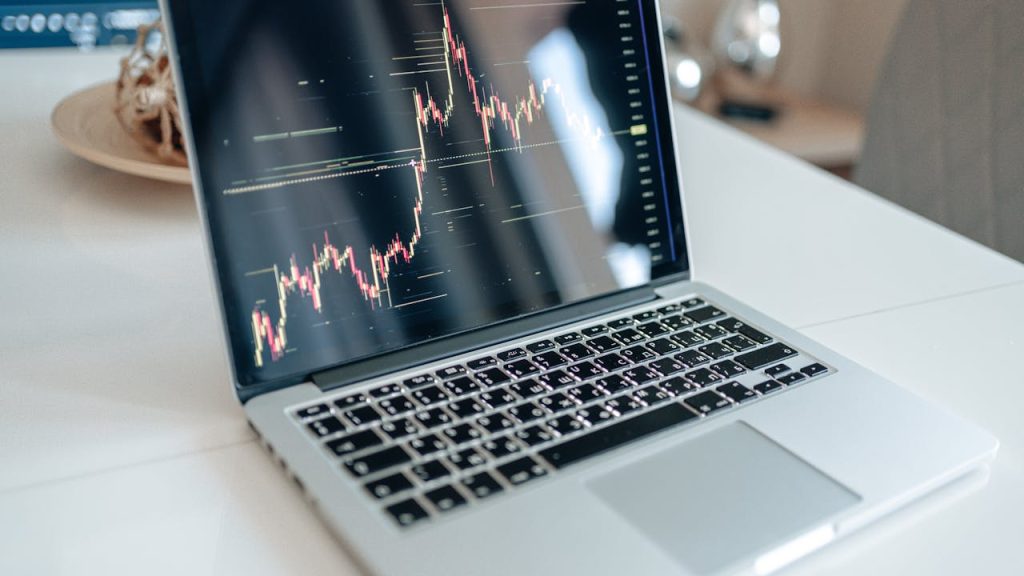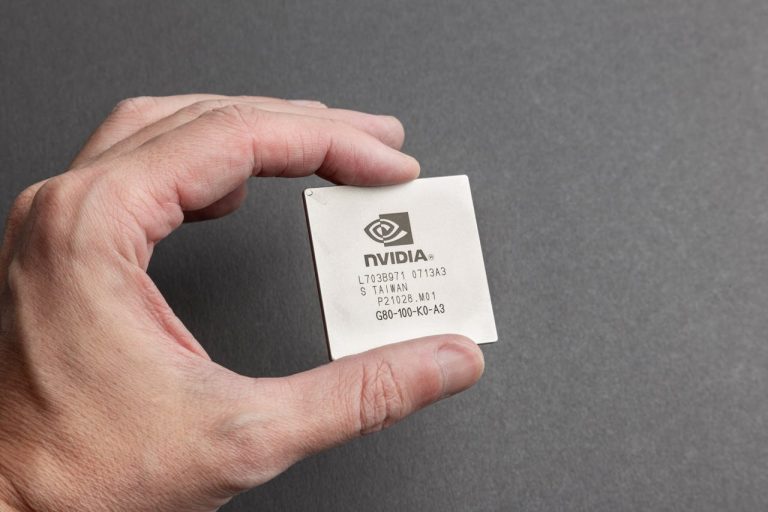Market capitalization in cryptocurrency is the sum of the values of all of the digital coins, which is each one times the number of coins resulting from the product of the price of each one current and the total number of them currently in existence.
It functions like a fuel, which sets it an objective and makes it the most valued crypto asset in the crypto industry. Through looking at their market capitalization magnitudes for those that compete against the other cryptocurrencies, we can estimate their influence level on the industry. The knowledge about Market Cap has a bigger role in the investor world and with the crypto enthusiasts can’t be neglected. Thus, when you browse the inside of the crypto world, you will have no doubts about its making-up as the monetary worth of a cryptocurrency.
Understand Market Capitalization in Cryptocurrency In Detail:
The concept of market cap (market capitalization) is among the key aspects that transpires in the cryptocurrency space, which is rapidly becoming a norm. It presents valuable issues related to a piece of cryptos’s total volume, popularity and significant position within the market. The guide carries forward the discussion on market cap by building up the concept in detail by details explaining on how it is measured, why it is important and what its shortfalls are as the assessment tool for the cryptocurrency valuation.
Understanding Market Cap Calculation
Consider a crypto-currency that has a circulation of 10 million coins, or one of these currencies that are trading with a $10 valuation of every coin. This project will sell its tokens for $10 each and thereby the market cap will be $100 million (i. e. 10 x 10 million). This picture shows the whole stock of coins bought in that moment.
Key Points to Consider
• Circulating Supply vs. Total Supply:
Circulating supply and total supply are not the same thing. Therefore, it’s important to differentiate between the two terms. Circulating capital means the number of coins that are being traded, while the complete supply contains all the coins in the universe, including those that are locked or not released yet.
• Market Price Fluctuations:
Market cap is inherently a movable metric because it is solely determined by the fluctuation in price of the coin. The rise creates an increase in the market cap, but a price drop would lead to exactly the opposite outcome.
Significance of Market Cap
Market cap serves as a crucial indicator in several aspects:
• Market Dominance:
Crypto-currencies with more market reach normally means greater popularity amongst the investors and established presence in the market. An average example in this case is Bitcoin with the highest one that is always the market cap showing that it dominates in crypto market.
• Risk Assessment:
Market capitalization is not a failsafe factor. However, in terms of risk, it can be used to estimate a cryptocurrency’s relative standing. The agreement that bigger market cap coins are less volatile compared to smaller ones is what usually happens.
• Market Trends:
Crypto projects´market cap trends analysis may disclose in the market the overall picture and the promising directions for growth.
Classifying Cryptocurrencies based on Market Cap
In cryptosphere, a part of asset nomenclature that you will come across a lot is something like “Large Cap,” “Mid Cap,” and “Small Cap”. ” These distinctions are based on their market capitalization:”
Large-Cap:
Cryptocurrencies with a market cap that is over $10 billion in market capitalization. Such coins as Bitcoin (BTC), Ethereum (ETH), Tether (USDT) and USDC serve this purpose. They are considered as more reliable.
Mid-Cap:
While some cryptocurrencies have a market cap of over $1 billion to $10 billion. Likewise, we will consider Dogecoin (DOGE), Cardano (ADA), Litecoin (LTC), and Polygon (MATIC). They have higher risk, but also have more opportunities to generate profits.
Small-Cap:
Crypto coins with the market value of less than 1 billion US dollars. On the other hand, Immutable X (IMX) is another pertinent non-fungible token NFT) in this category, as well as Axie Infinity (AXS) and Aave (AAVE). They are highly volatile with being a higher risk but they also provide the opportunity for a big gain.
Limitations of Market Cap
Despite its valuable insights, market cap has limitations that investors should be aware of:
Ignores Intrinsic Value:
Market cap only takes into account the total market value based on the current price and such reveals only in some conditions the true value of the underlying technology or a project.
Distribution of Ownership:
Market cap ignores coin ownership distribution, thus reflecting only a certain part of the picture. A tiny group of individuals holds total market supply over a limited period and they can use it as leverage as to manipulate the market.
Focus on Established Projects:
At the moment, cap primarily ranks well-established cryptocurrencies which are featured by huge supply and are highly circulating. Whereas, new projects, which are promising might not have enough information or must have low circulating supply, however, they might not be justly represented.
What Facilitates The Investors’ Decision making On the Basis Of Market Cap
Most of the investors tend to start cryptocurrencies evaluation from the market cap position, but that is only possible, if they have investment targets and risk tolerance in mind. Here’s how market capitalization can influence their decision-making process:
Risky investments:
It is not enough to learn the market cap, as it is one of the indicators of how risky investing in a crypto is. For instance, the beliefs that the larger-cap cryptocurrencies are stable because of their history and widely distributed may hold some people back from investing in the others.
Diversification:
For the risk diversification of a crypto portfolio, investors might consider allocating their funds to each of the major-caps, mid-caps, and small-caps. While this will not reduce their exposure to the volatility of the cryptocurrency market, it may help them to increase their chances of making profits.
Growth potential:
The idea of the smaller-cap tokens of crypto getting higher up in the market comparison to higher cap tokens is often discussed. Taking this approach, investors with high-risk tolerance who desire high-risk and high-reward assets can greenlight them to pursue those kinds of assets with the possibility of earning considerable returns.
Diluted market cap
Besides, the traditional market cap and the diluted market cap are two major considerations. A diluted cap considers the maximum available coins that may be generated due to things such as mining rewards or tokens unbinding in future.
It is an alternate way of viewing the stoicality of the crypto assets, realigning the importance of its value and adding a view of the crypto asset in the future price increase.
Conclusion
We have concluded that market cap in the world of cryptocurrency is one of the most-used metrics to evaluate the importance and worth of every crypto coin. Compared to current pricing and the number of coins in circulation, we can estimate whether a cryptocurrency is an efficient asset. Market capitalization provides us with a possibility to rank the different cryptos in the cryptocurrency world and, therefore, to know their state and capability regarding popularity or influence. Therefore, whenever you observe market capitalization in our crypto world, you will comprehend the place of that word in this market. Large caps are a code word for market position and market influence. It indeed provides useful takeaways in market research, but we should bear in mind its own limits by using along with the other fundamental and technical techniques in order to make a well-versed investment decisions.








